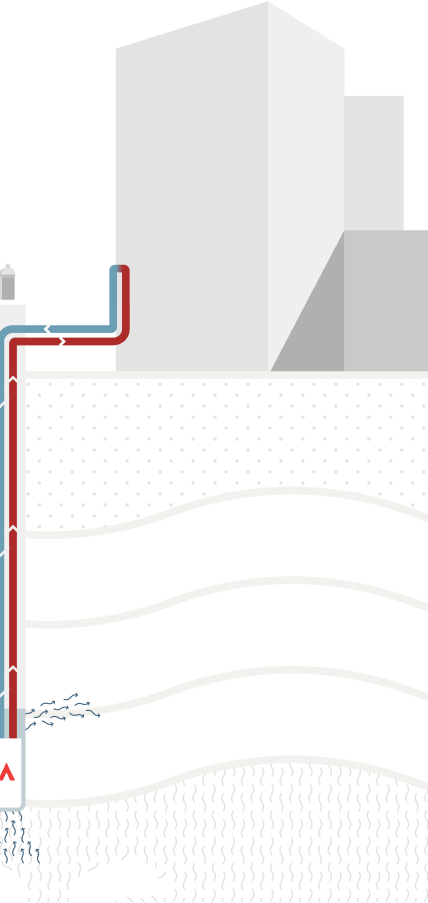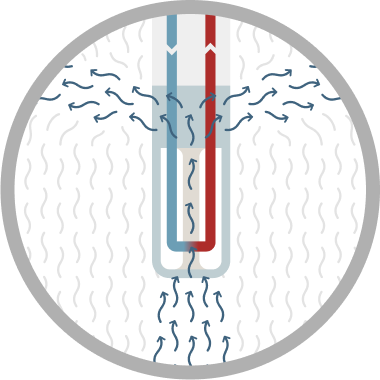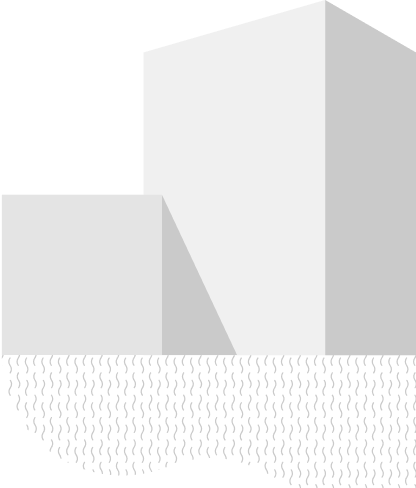
Geothermal everywhere
Groundwater based geothermal systems providing energy efficient heating and cooling for buildings of all kinds.
Enabling Geothermal In Minimal Footprints
Darcy systems use groundwater to access orders of magnitude more thermal capacity than other technologies in limited available space.

Lowest Total Cost of Ownership
Geothermal equipment offers best in class efficiency, the Inflation Reduction Act offers owners up to 72% of the entire system value in incentives and payback in year one.

Sustainable Heating and Cooling
Groundwater enabled thermal energy eliminates emissions when coupled with renewable electricity to operate the system.




